
How Tariffs Shape the Coil Processing Equipment Market
The coil processing equipment industry faces increasing uncertainty as tariffs reshape global supply chains. U.S. manufacturers confront rising costs for foreign technology and materials, which may slow innovation and push prices higher. Tony Latham, sales manager at SES Salico, explains that while the U.S. boasts strong local suppliers, many cutting-edge technologies originate overseas and face tariff-related challenges. This shift could reduce the availability of advanced equipment and create pricing pressures throughout the supply chain.
Domestic producers see an opportunity in this environment. Dean Linders of Red Bud Industries notes that tariffs may benefit U.S.-based manufacturers by leveling the playing field against foreign competitors. Metal service centers, which have historically welcomed tariff measures like the Section 232 tariffs, view them as a tool to protect profits and ensure fair competition. However, Linders also highlights the downside: some critical components remain unavailable domestically, leading to steep price hikes for unavoidable imports.
Tariffs Accelerate Automation and Innovation in Coil Processing Equipment
Amid tariff concerns, coil processing equipment makers increasingly invest in automation to maintain competitiveness. Alex Trevino from Burghardt+Schmidt points out that automation helps service centers reduce reliance on specialized labor and improve consistency. Advanced safety features, such as laser floor scanners and light sensors, protect operators while enhancing efficiency.
Manufacturers like The Bradbury Group and ANDRITZ Herr-Voss Stamco emphasize the need for durable, innovative lines that can process newer, challenging materials like advanced high-strength steels and electrical steels. Automation not only addresses labor shortages but also supports higher production rates with fewer workers. This trend aligns with market demands for better quality control, faster setups, and reduced material waste.
Industry experts predict that the tariff environment will spur domestic investment and realignment as companies seek to balance cost, durability, and product quality in their equipment purchases. This focus on automation and innovation ensures that the coil processing sector remains competitive despite external pressures.
SuperMetalPrice Commentary:
The current tariff landscape creates both challenges and opportunities for coil processing equipment makers. While tariffs increase costs and complicate access to foreign technology, they also incentivize domestic innovation and automation. The industry’s shift towards highly automated, flexible equipment reflects broader trends in metals manufacturing, where quality, safety, and efficiency are paramount.
Companies that strategically invest in long-term equipment solutions—balancing cost, durability, and quality—will lead the market. As tariffs continue to evolve, manufacturers must stay agile, prioritizing technology adoption to meet changing labor dynamics and material complexities. The future of coil processing equipment in the U.S. looks robust, but closely tied to how tariffs and global trade policies develop.




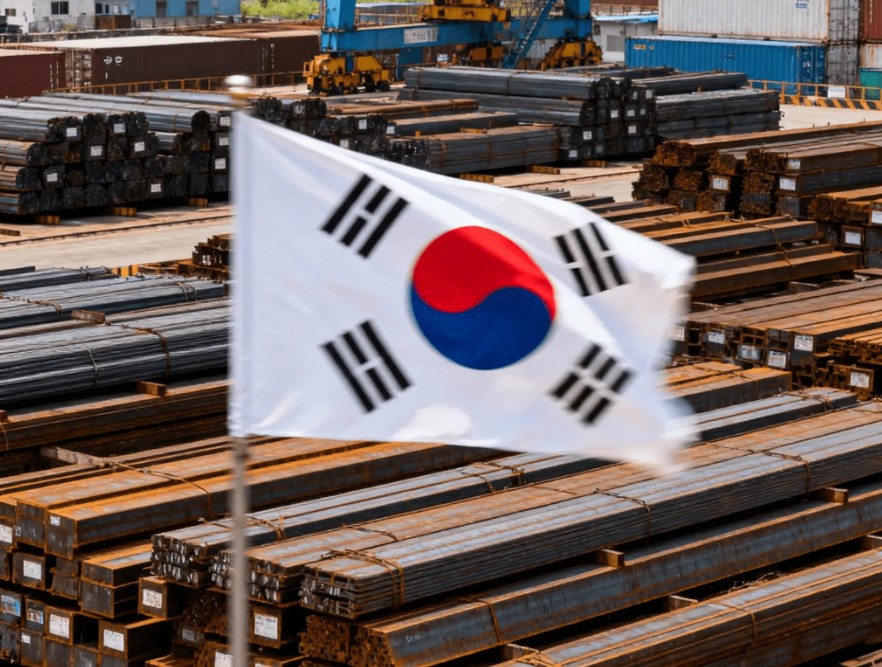


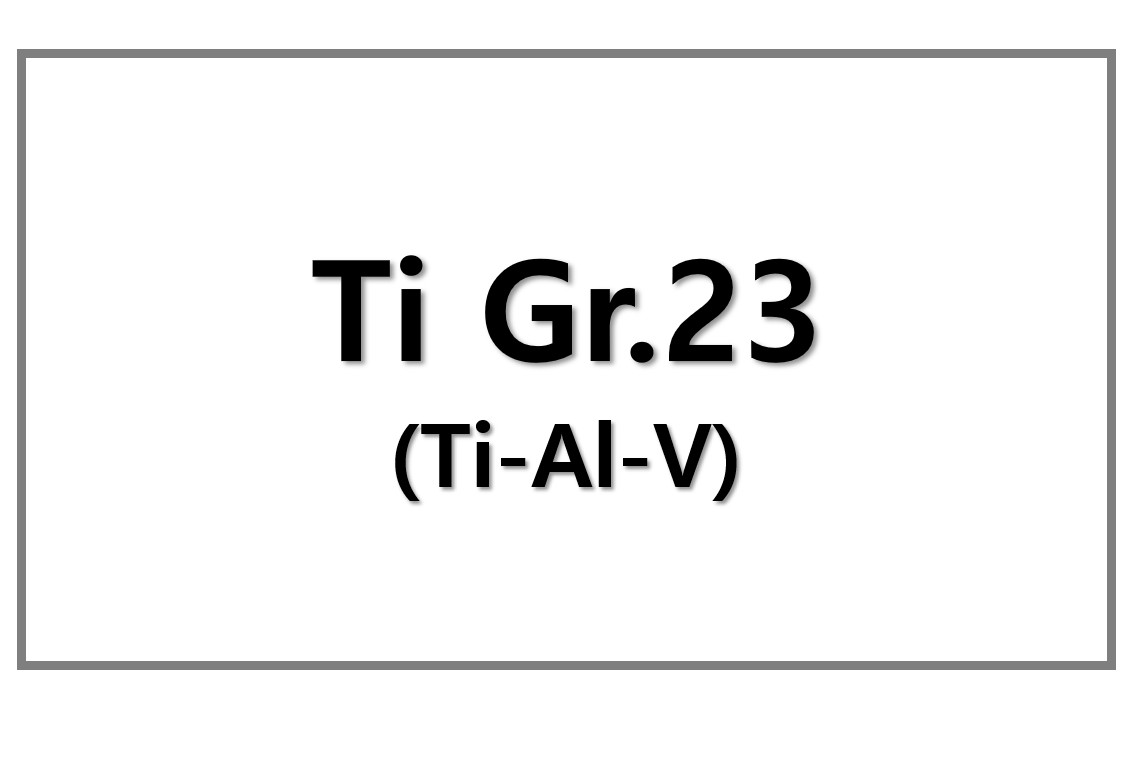
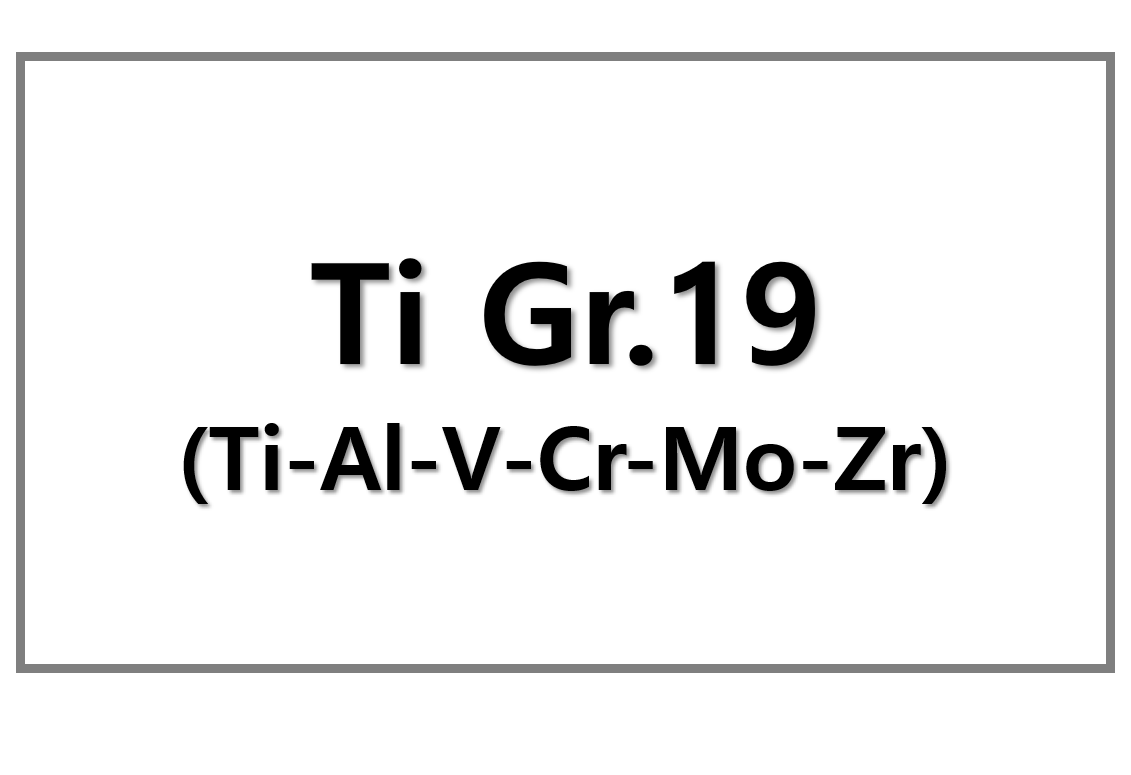
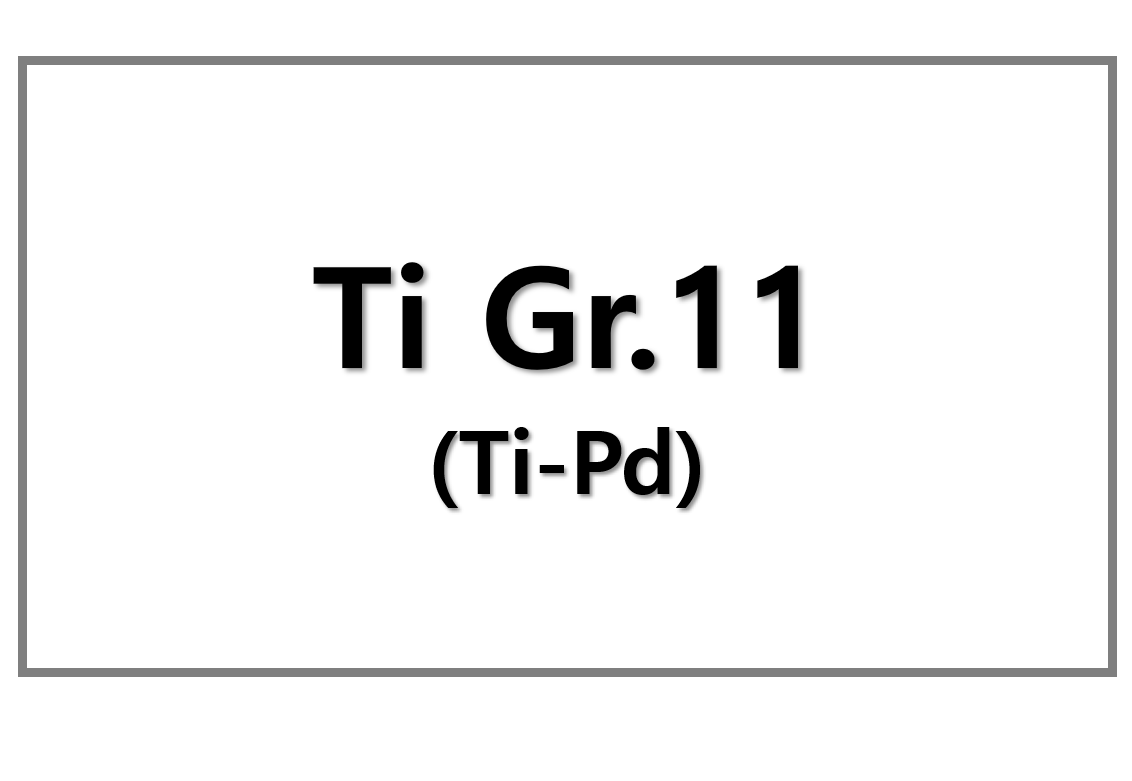
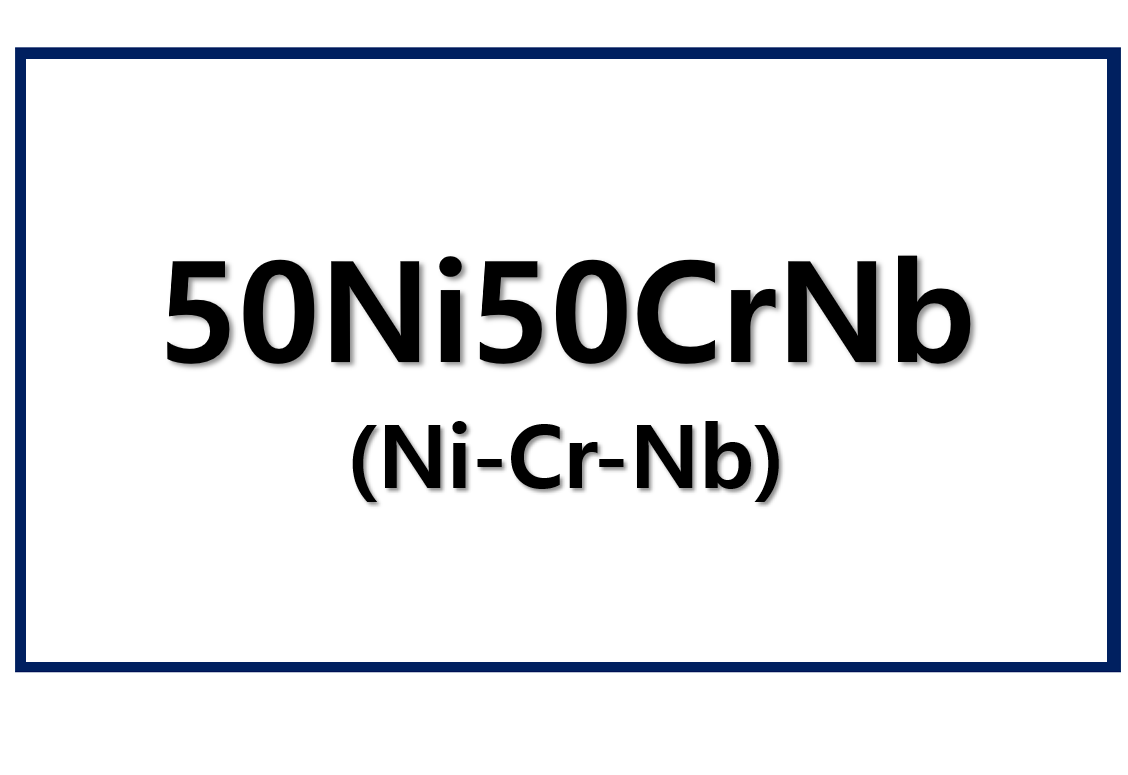
Leave a Reply
You must be logged in to post a comment.